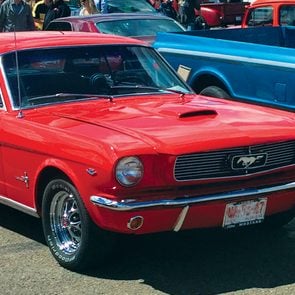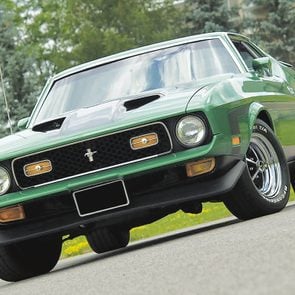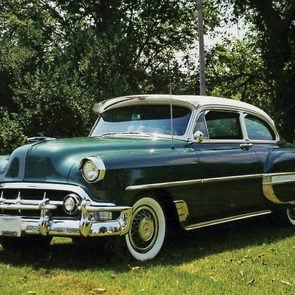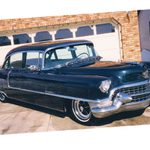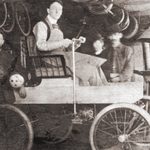A Supreme Supra Mark III
A precursor to today's electronically controlled vehicles, this treasured ride, bought new in 1987, is still rarin' to go!
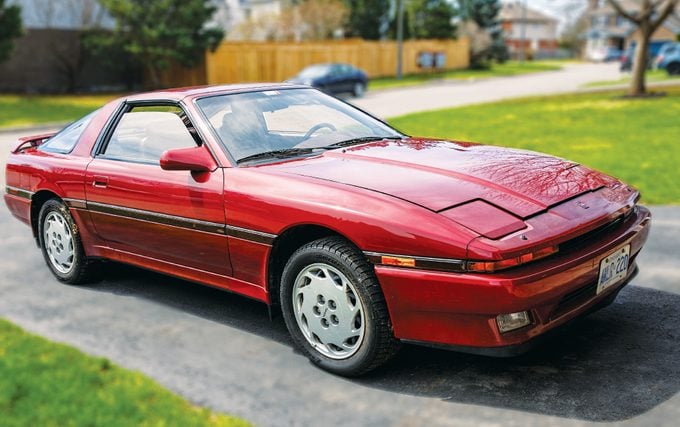
It all began with the Toyota Supra Mark I. Manufactured from 1978 to 1981, the Mark I transitioned into the Mark II, built from 1982 to 1986; both were larger sports versions of the Toyota Celica. The Mark III was introduced under its own model name in the second half of 1986, with a totally new body design and a naturally aspirated, straight six-cylinder engine driving the rear wheels. A turbo-charged version was made available in 1987. The Mark IV, also a turbo, was introduced in 1993, at a time when sports-car sales were declining and the value of the Japanese yen was increasing, so this model was (and still is) very expensive. These factors led to sales of the Mark IV ending in Canada in 1996, in the United States in 1998 and in Japan in 2002. Toyota reintroduced the Supra in 2019 as the Mark V, which is the model available in dealerships today.
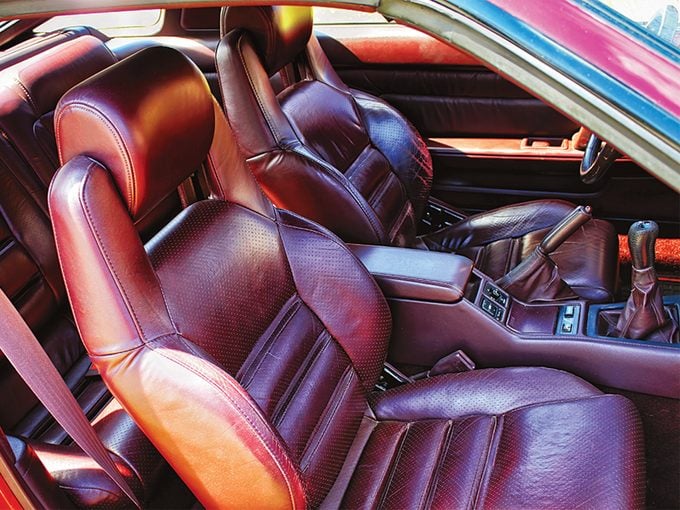
My Toyota Supra Mark III
My Supra is a red 1987 Mark III turbo with a removable roof panel (as close as I could get to a convertible). It has a burgundy leather interior, five-speed manual transmission and a six-cylinder inline turbocharged engine. I am the original and only owner of this car, and I keep it because I have a passion for it like no other car that I have ever owned.
I initially owned British sports cars—a Triumph TR4 and an MGB. Then I moved on to an American Trans Am (during the oil crisis!) and then finally bought the Supra, my version of a family car. I currently drive a large, comfortable sedan but my Supra is still in the garage, awaiting its engine work.
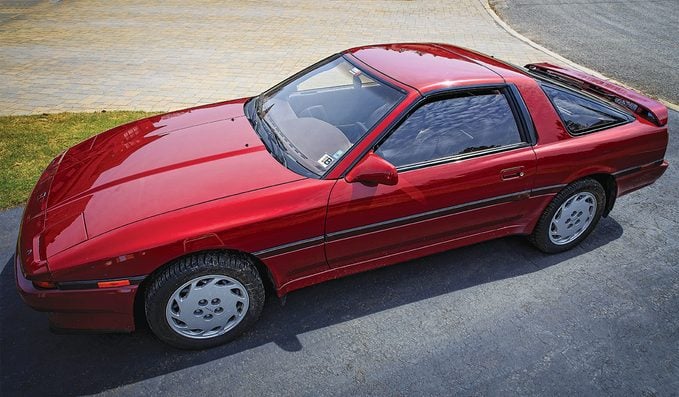
I bought the Supra new in March 1987 and drove it continuously until 2001, when we began to store it in the garage during the winter months. It has been in long-term storage since 2009 because the head gasket needs to be replaced, which is something I am not going to attempt myself. I take the car out of the garage every spring, wash it, drive it around the block and have pictures taken by my wife, Paula. All of the kids and 70-somethings love it. I believe that it is a beautiful-looking car, and it’s in great condition. Once the head gasket is replaced, it will be technically sound and reliable (after all, it is a Toyota). This car is not needed as my main means of transport, as I have outgrown the manual transmission and firm ride of sports cars, but it’s still a blast to drive and great fun to cruise around in. I’ve often been complimented on its appearance and asked if it’s for sale.
I have owned it during postings to the U.S. Naval Academy in Annapolis, Maryland, the Joint National Test Facility (JNTF) in Colorado Springs, Colorado, and the Canadian Forces headquarters in Ottawa, and it has been a hit wherever it goes. It has been around the block but still has only 128,000 kilometres on the odometer.
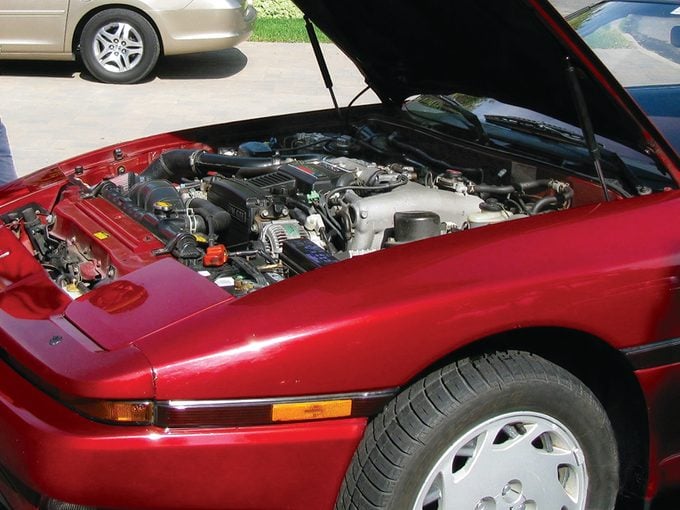
I am currently studying the theoretical electronic technologies that eventually replaced the mechanical systems used in older classic cars. From the early theoretical stages, a platform was developed for the introduction of many new technologies that are now common in modern automobiles. For example, my Mark III Supra has twin overhead cams, electronic fuel injection, turbocharging, and a computer-controlled engine-management system constantly monitoring the states of all inputs. It also has anti-lock brakes and a driver-selectable variable-damping suspension system. The study of these technology applications will keep me busy for many years to come.
What I like best is the look of this car and the technology involved in its operation. It is great to drive and even just sit in, as it brings back so many fond memories of my younger years. There is an incredible feeling associated with this car that makes it worth much more to me than any monetary value it may have. It is providing me with a fantastic retirement hobby.
I love this car.
Next, read the incredible story of how one man missed out on his dream car as a teenager, then found it parked in his driveway 25 years later.
